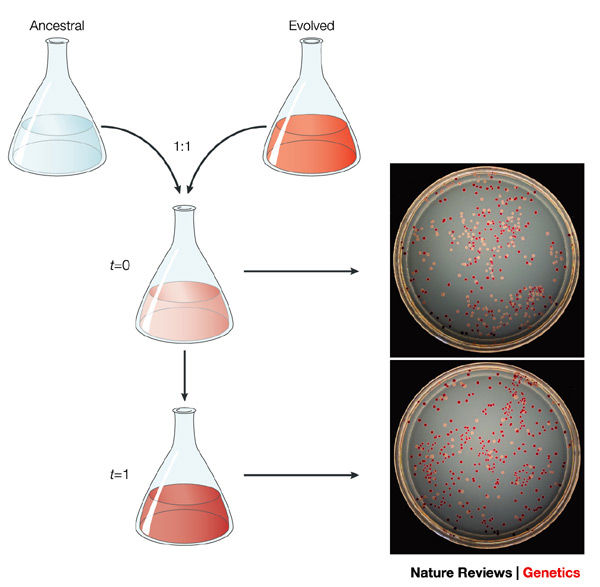|
"If we were to name the most powerful assumption of all,
which leads one on and on in an attempt to understand life,
it is that all things are made of atoms,
and that everything that living things do can be understood in terms of the
jigglings and wigglings of atoms."
Richard Feynman
|
|
Fluctuations are at the core of all biological systems in action. Compared to man-made machines,
which work deterministically, biological systems fluctuate at various levels and scales,
from the individual molecules to cells as a whole. Fluctuations at the molecular level for example
are the result of temperature, that translates into thermal energy. They are not merely imperfections
in the biological machines; rather, they are often key elements in their working mechanisms.
Many living organisms have in fact evolved to optimally utilize these fluctuations.
Understanding how biology utilizes fluctuations should lead to further insights into the design,
function, and regulation of biologica systems.

(from 2003 review paper by Lenksi (see below))
|





